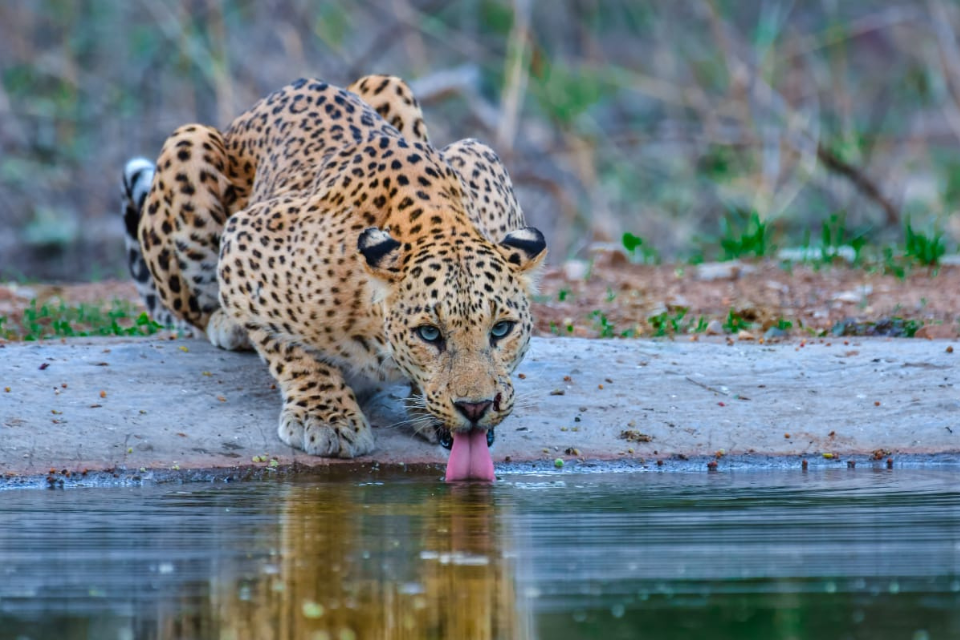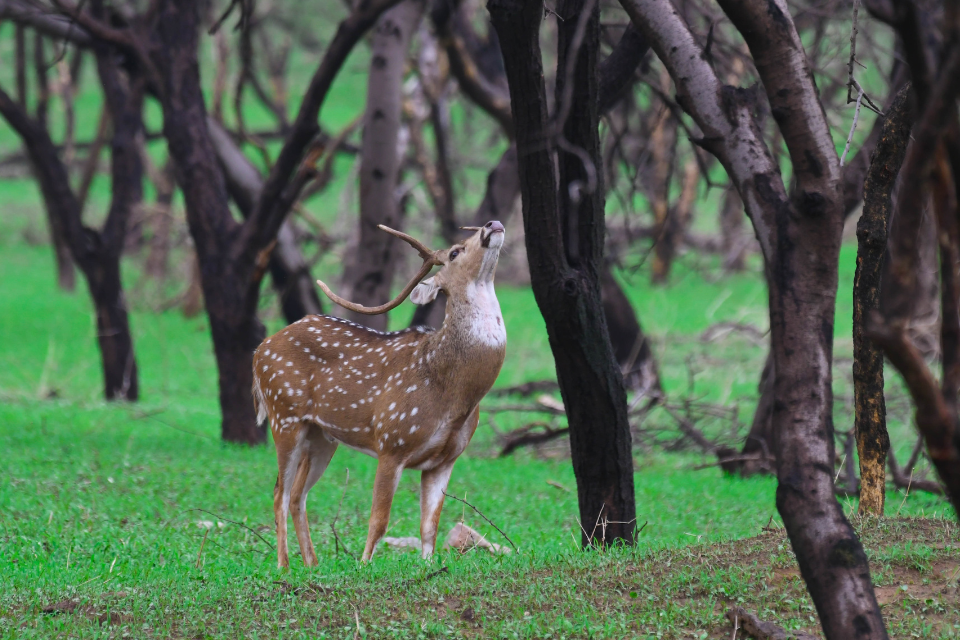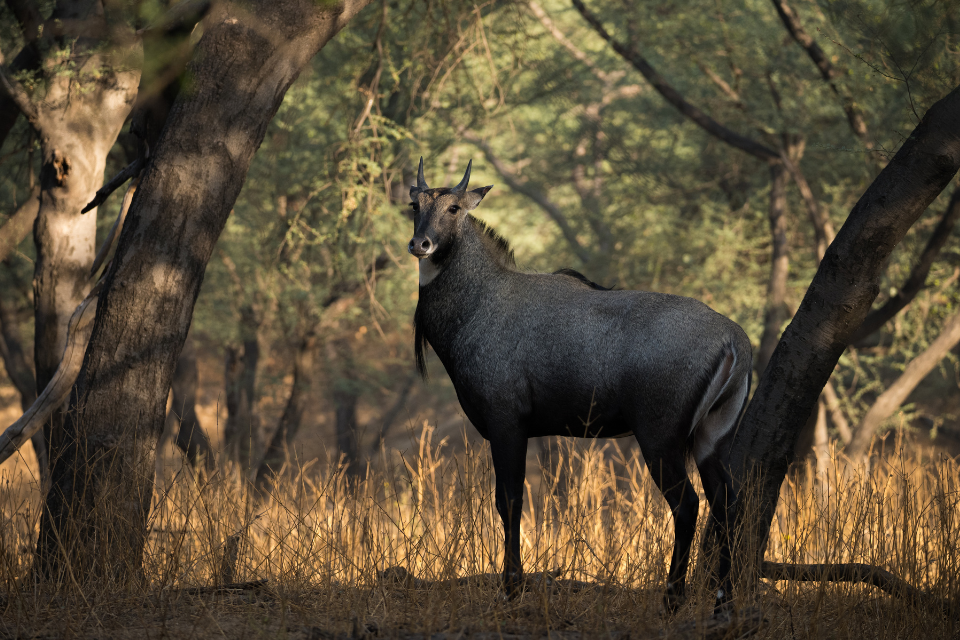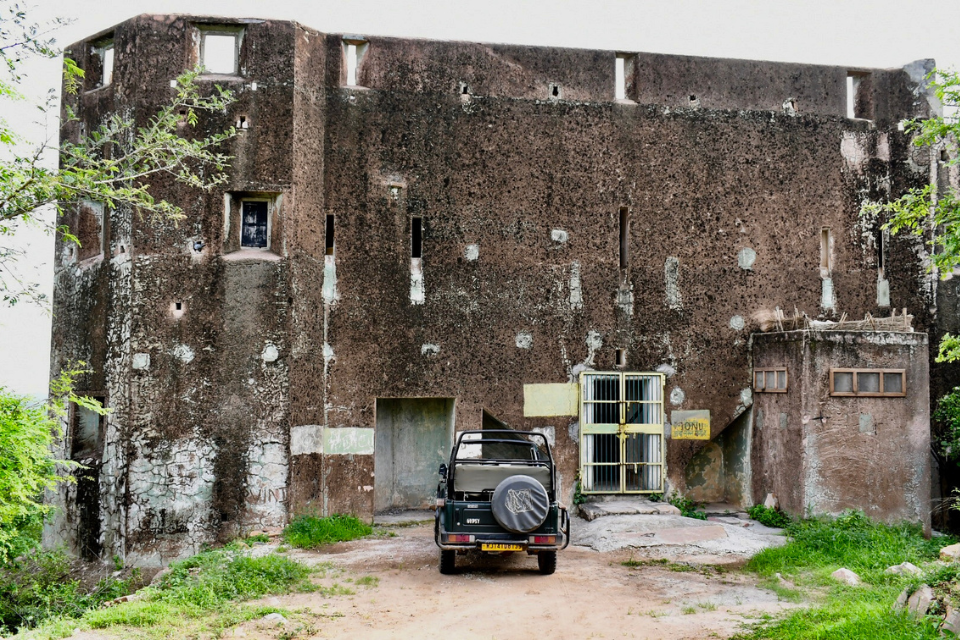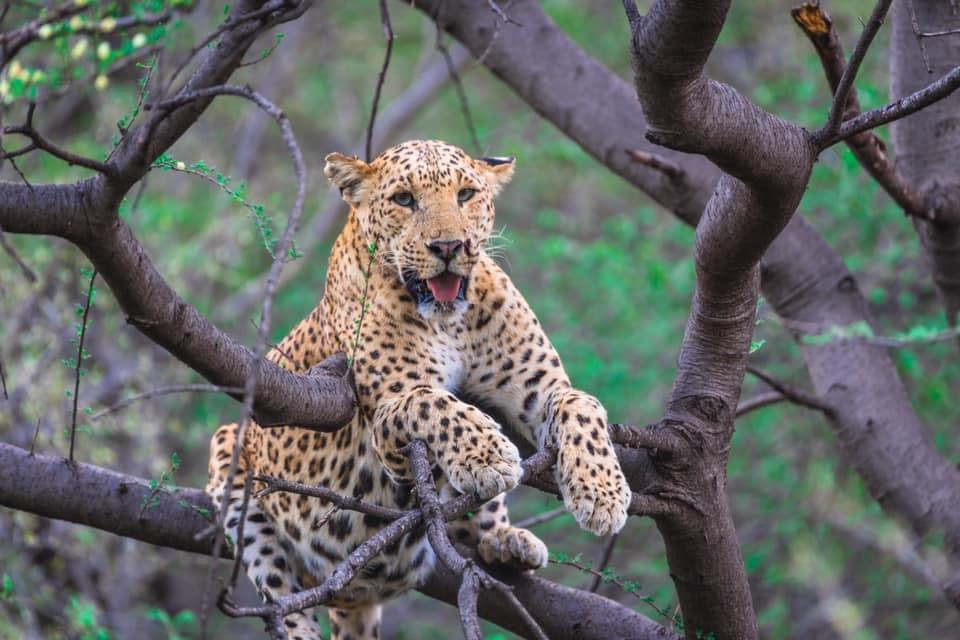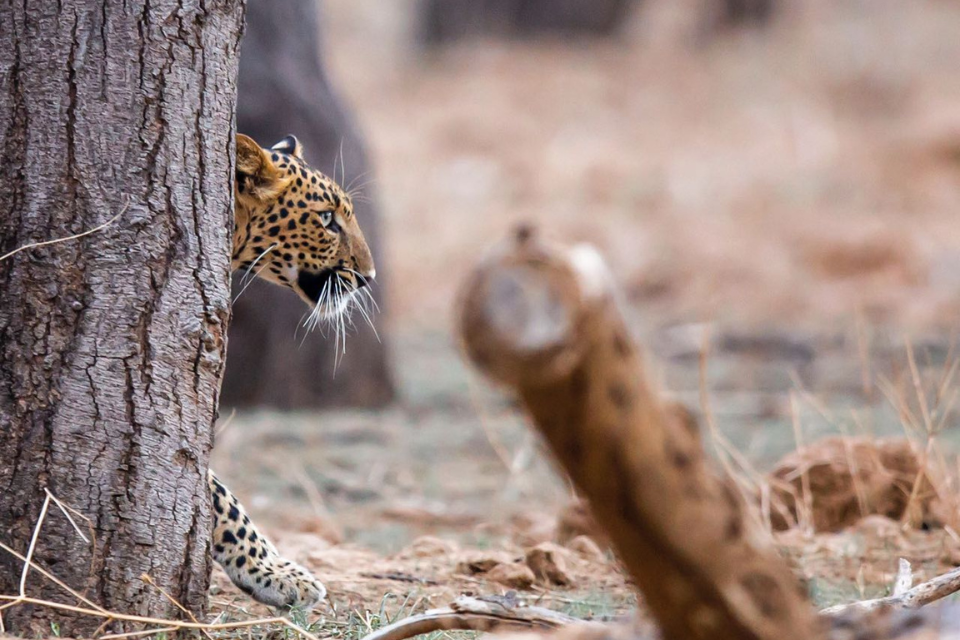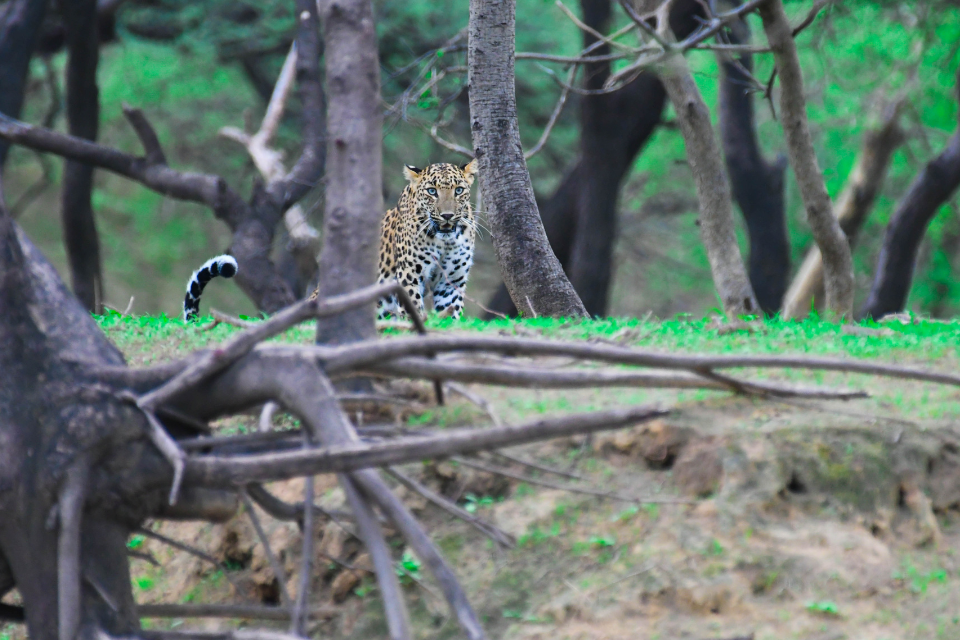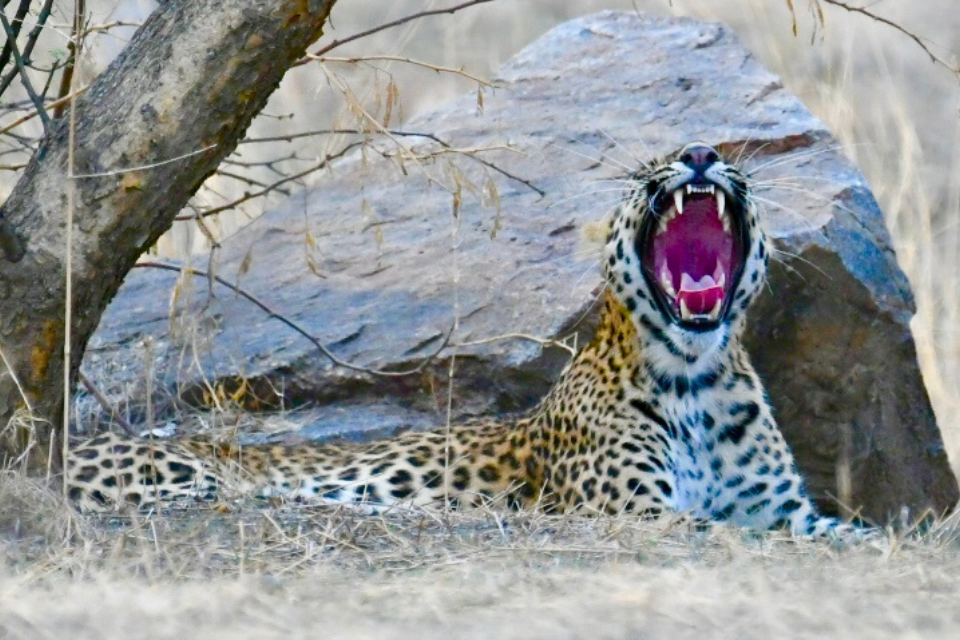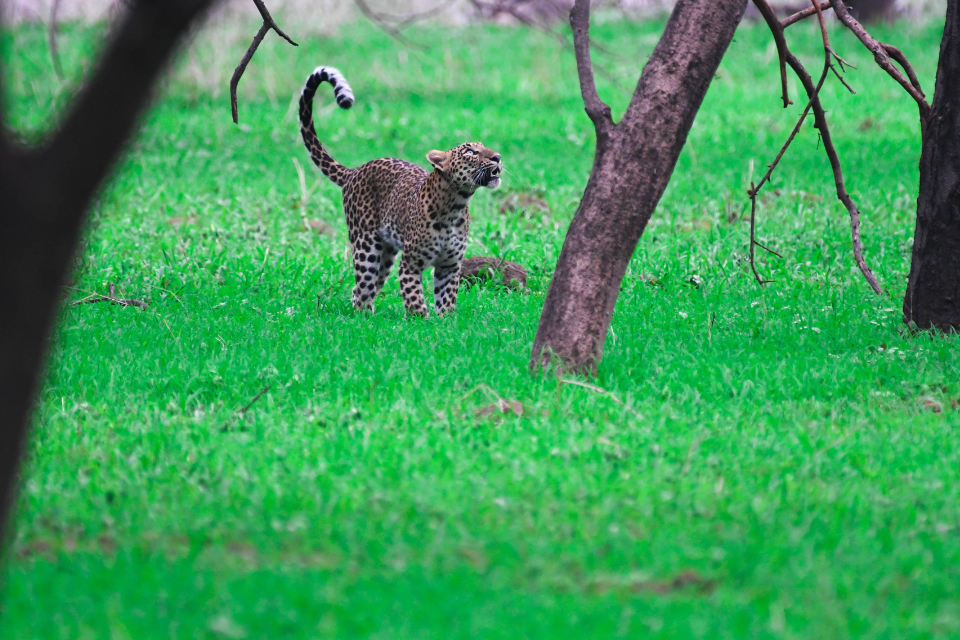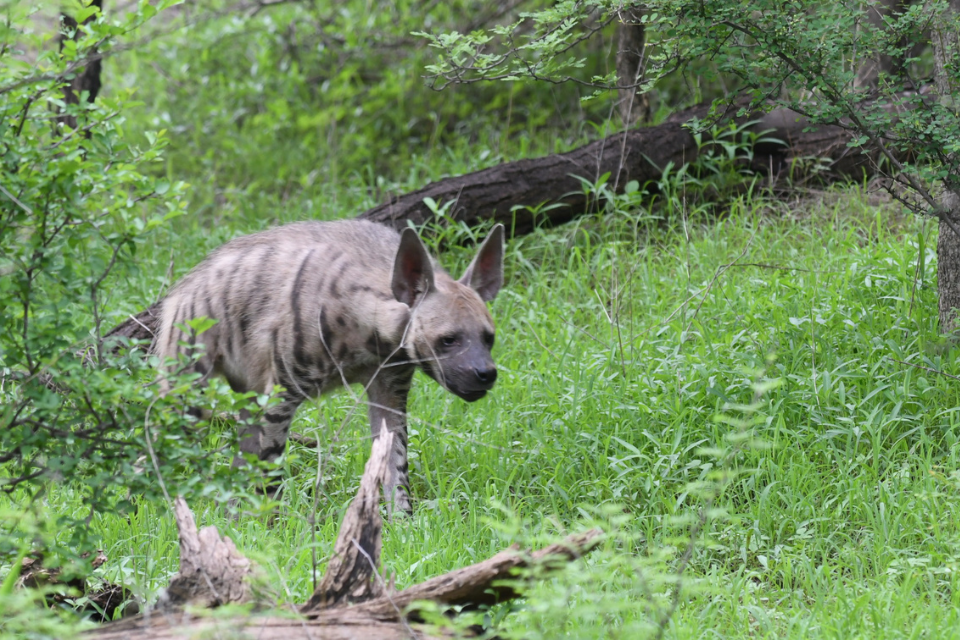- December 20, 2024
Jhalana Leopard Safari: Jhalana’s Contribution to India’s Leopard Conservation Efforts
Jhalana Forest Reserve, located in the bustling city of Jaipur, stands as a beacon of hope for leopard conservation in India. With its thriving leopard population, innovative conservation strategies, and unique urban setting, Jhalana Leopard Safari plays a pivotal role in safeguarding this majestic species. Leopards, often overshadowed by tigers, are a vital part of India’s wildlife heritage. Jhalana’s initiatives have not only preserved these elusive predators but have also set a model for conservation efforts across the country.
Why Leopard Conservation Matters
Apex Predator Role
Leopards are apex predators that maintain ecological balance by regulating prey populations and supporting biodiversity in forest ecosystems.Urban Adaptability
Leopards have showcased remarkable adaptability to urban environments like Jhalana, making them crucial indicators of urban wildlife sustainability.Threats to Survival
Habitat loss, human-wildlife conflict, and poaching pose severe threats to leopards, emphasizing the urgent need for focused conservation efforts.
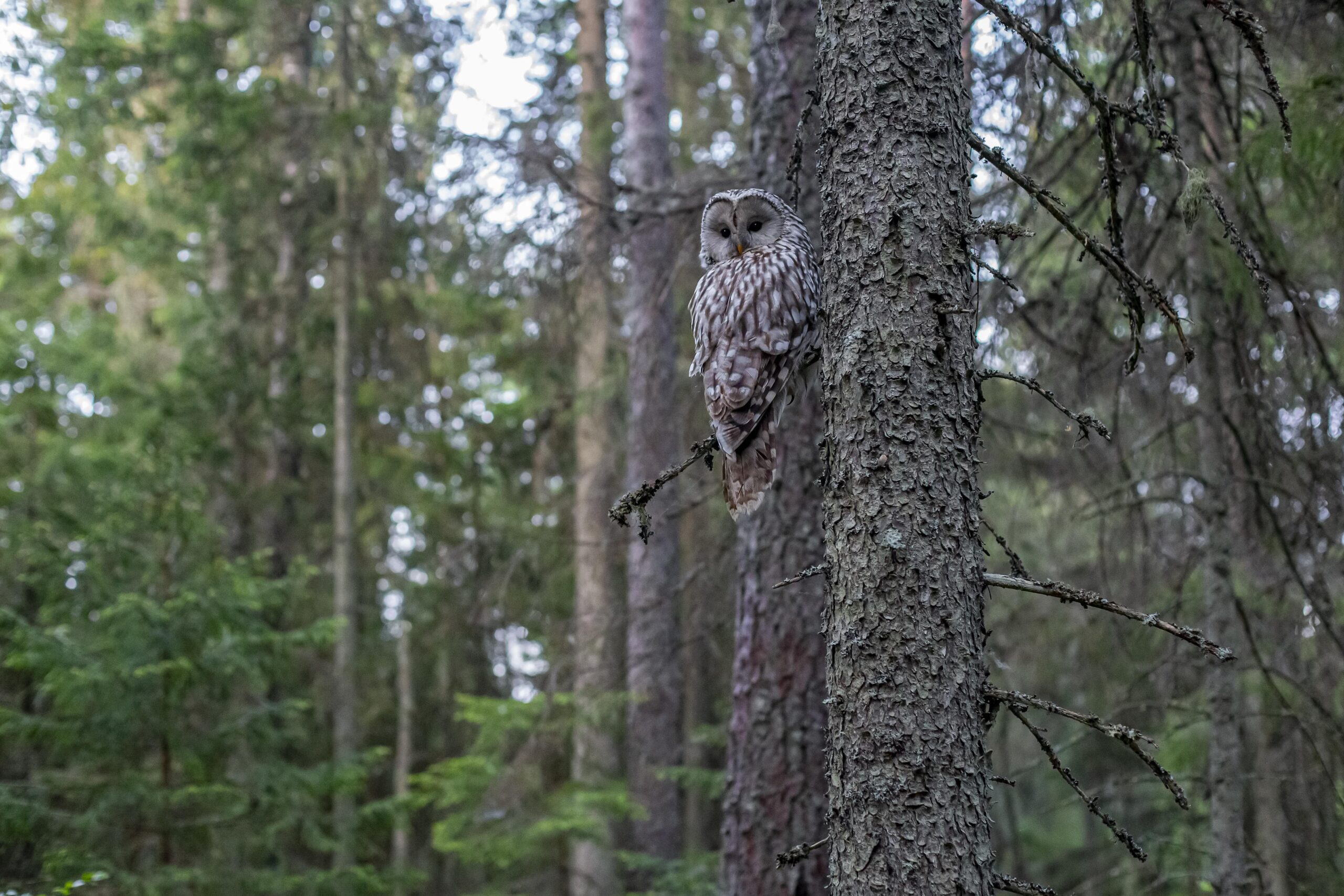
Jhalana: A Safe Haven for Leopards
High Leopard Density
Spread over 20 sq. km, Jhalana boasts one of the highest leopard densities in the country, with over 30 leopards thriving in its secure habitat.Urban Setting
As India’s first leopard reserve within city limits, Jhalana showcases a harmonious coexistence between humans and leopards.Behavioral Insights
Jhalana offers invaluable insights into leopard behavior, adaptability, and interactions with urban environments, contributing to a broader understanding of conservation strategies.
Key Conservation Initiatives at Jhalana
Habitat Management
Efforts to restore green cover and maintain waterholes ensure a resource-rich environment for leopards and their prey.Leopard Monitoring
Advanced tools such as GPS collars and camera traps monitor leopard movements and assess their health and population trends.Conflict Mitigation
Educational programs and buffer zones have been established to reduce human-leopard conflicts.Community Engagement
Local employment opportunities as guides and eco-tourism staff foster community involvement in leopard conservation.
Jhalana’s National Contribution to Leopard Conservation
Research Hub
Studies conducted at Jhalana provide critical data on leopard behavior, urban adaptation, and ecological significance.Urban Wildlife Model
The success of Jhalana Leopard Safari demonstrates the potential of urban forests to support large carnivores, inspiring similar initiatives across India.Raising Awareness
Through eco-tourism and education campaigns, Jhalana highlights the importance of leopard conservation, fostering a positive public perception.
Challenges in Leopard Conservation
Urban Encroachment
Expanding city boundaries continue to shrink leopard habitats, intensifying the need for habitat management.Human-Wildlife Conflict
Leopard sightings in residential areas can lead to fear, retaliatory actions, and unfortunate losses of life.Limited Resources
Sustaining conservation initiatives requires substantial funding and skilled personnel.Climate Change
Unpredictable rainfall patterns and rising temperatures affect prey availability and habitat conditions.
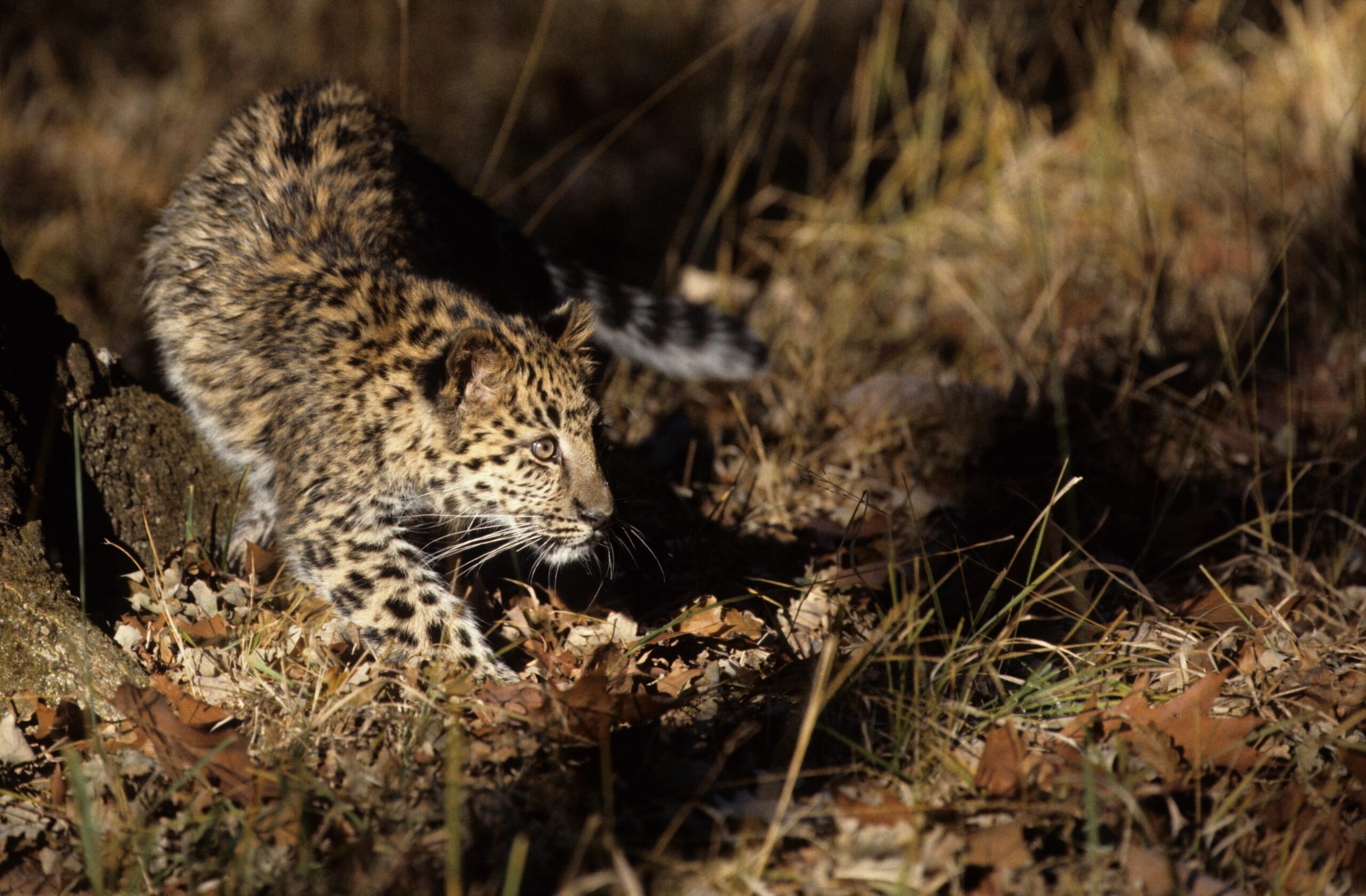
Success Stories from Jhalana
Leopard Cubs
Frequent sightings of leopard cubs signify a healthy and reproducing population.Reduced Conflict Incidents
Awareness campaigns and proactive conflict resolution measures have decreased human-leopard conflicts.Tourism Growth
The growing popularity of Jhalana Leopard Safari has brought increased attention and funding to conservation efforts.
Broader Implications for Leopard Conservation in India
Replication Potential
Jhalana’s strategies can be replicated in other urban reserves, such as Sanjay Gandhi National Park in Mumbai and Bannerghatta in Bengaluru.Wildlife Corridors
Connecting urban forests like Jhalana with larger reserves promotes genetic diversity and habitat continuity for leopards.National Conservation Policies
Data from Jhalana supports the formulation of policies focused on leopard conservation and urban wildlife management.
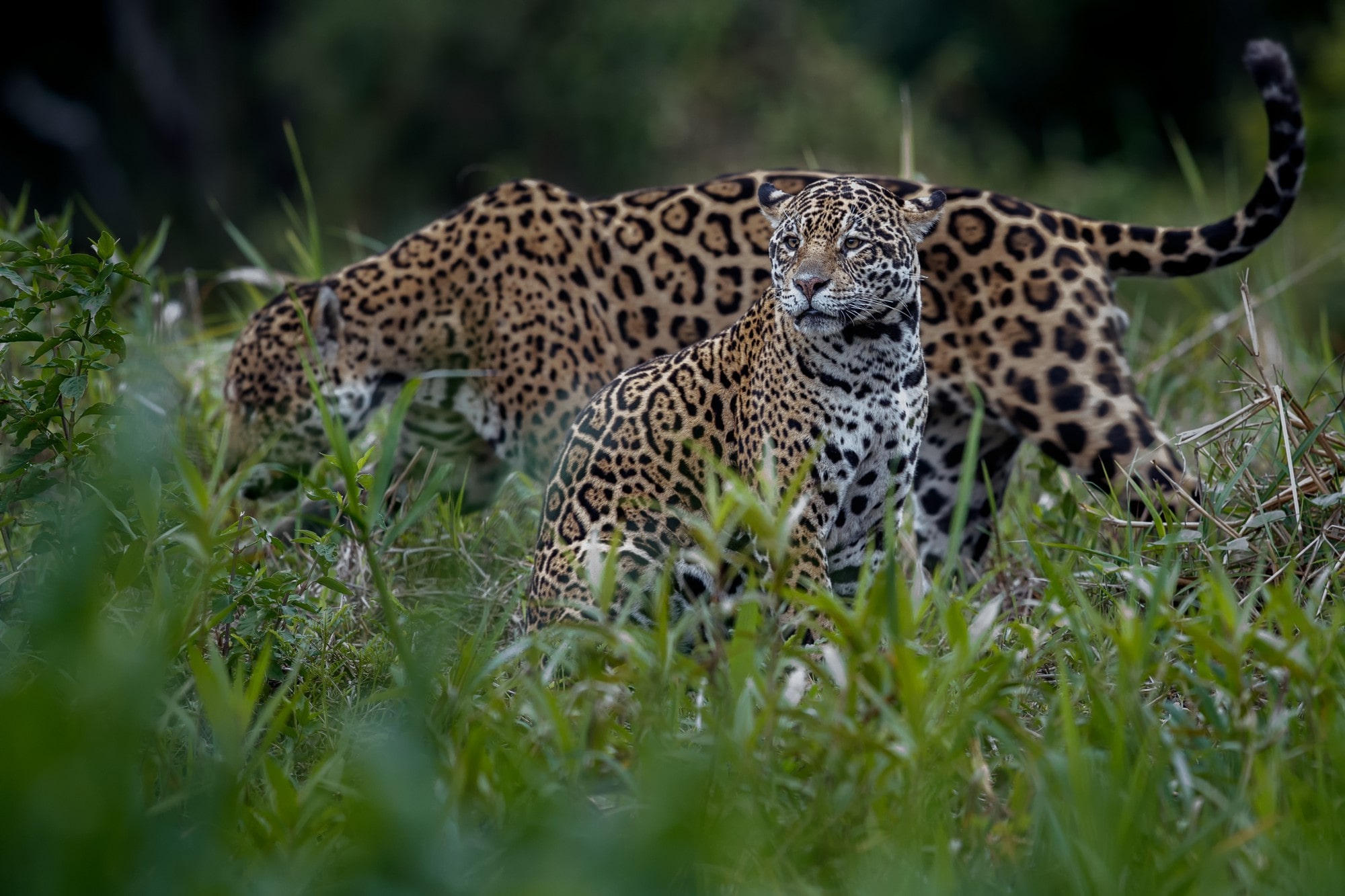
How Visitors Can Support Leopard Conservation
Eco-Friendly Tourism
Follow eco-tourism guidelines, avoid littering, and respect wildlife during safaris.Spread Awareness
Share your experiences at Jhalana Leopard Safari to highlight the importance of conserving leopards.Support Conservation Programs
Donate to organizations working to protect leopards or participate in volunteer initiatives.
Conclusion
Jhalana Leopard Safari stands as a cornerstone of India’s leopard conservation efforts, proving how innovative strategies, community participation, and sustainable tourism can secure the future of this majestic species. As urbanization continues to challenge wildlife habitats, Jhalana serves as a beacon of hope, inspiring similar conservation efforts nationwide. By supporting Jhalana’s mission, you contribute to a harmonious future where leopards and humans coexist.
Disclaimer All images used in this blog are either sourced from public domain or credited to their respective owners. If you are the copyright holder of any image and wish to request its removal or proper attribution, please contact us at [email protected]



